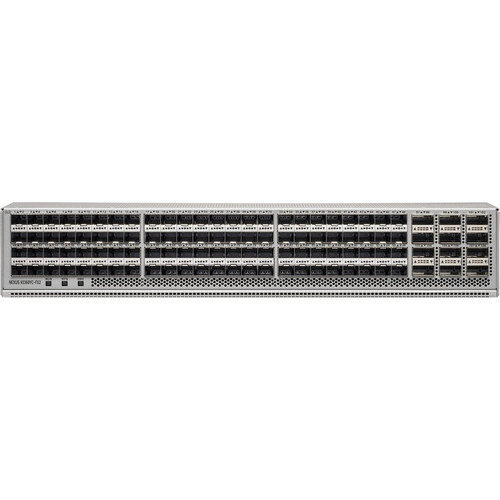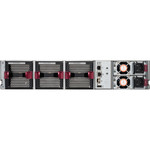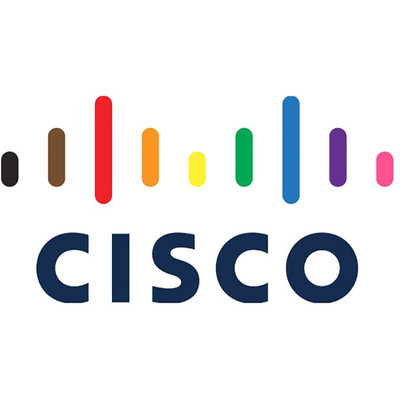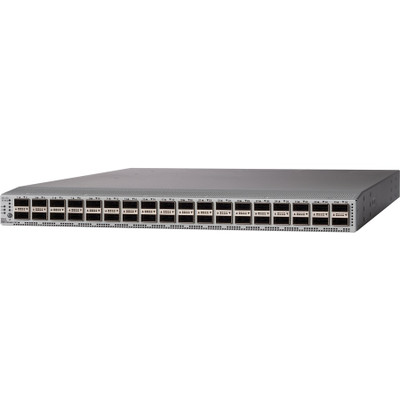The Cisco Nexus® 9300-FX2 Series switches belongs to the fixed Cisco Nexus 9000 platform based on Cisco Cloud Scale technology. The platform support cost-effective cloud-scale deployments, an increased number of endpoints, and cloud services with wire-rate security and telemetry. The platform is built on modern system architecture designed to provide high performance and meet the evolving needs of highly scalable data centers and growing enterprises.
Cisco Nexus 9300-FX2 series is an extension of Nexus 9300-FX series switches with higher bandwidth capacity. The switches offer a variety of interface options to transparently migrate existing data centers from 1-Gbps, and 10-Gbps speeds to 25- Gbps at the server, and from 10- and 40-Gbps speeds to 50- and 100- Gbps at the aggregation layer. The platforms provide investment protection for customers, delivering large buffers, highly flexible Layer 2 and Layer 3 scalability, and performance to meet the changing needs of virtualized data centers and automated cloud environments.
Cisco provides two modes of operation for Cisco Nexus 9000 Series Switches. Organizations can use Cisco NX-OS Software to deploy the switches in standard Cisco Nexus switch environments (NX-OS mode). Organizations can also deploy the infrastructure that is ready to support the Cisco Application Centric Infrastructure (Cisco ACI™) platform to take full advantage of an automated, policy-based, systems-management approach (ACI mode).
- Layer 3 Switch provides dependable and powerful connectivity for maximum usability
- Cascade to other network devices through the uplink port to expand your local area network
- Power Supply power source for dependable power supply
- Can work as layer 3 routing for scalable network design
- Rack-mountable form factor for added reliability and dependability
- Managed switch provides a reliable foundation for your network
- Lets you conveniently connect to the 100 gigabit ethernet Ethernet technology to offer maximum productivity
- Supports optical fiber cable to span longer distances and provided high data transmission rates between servers and network components






































